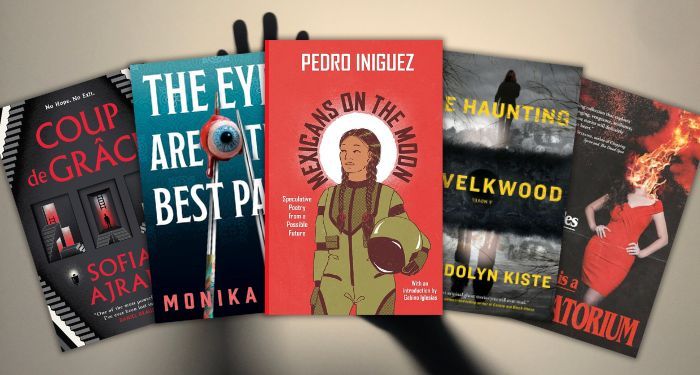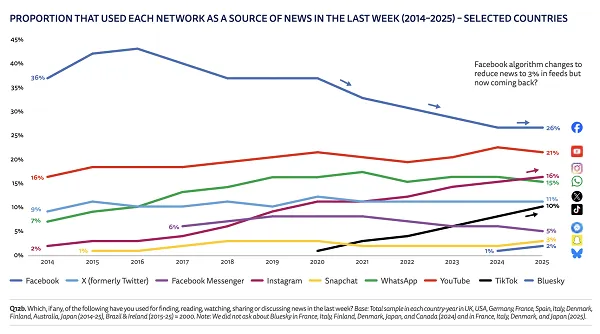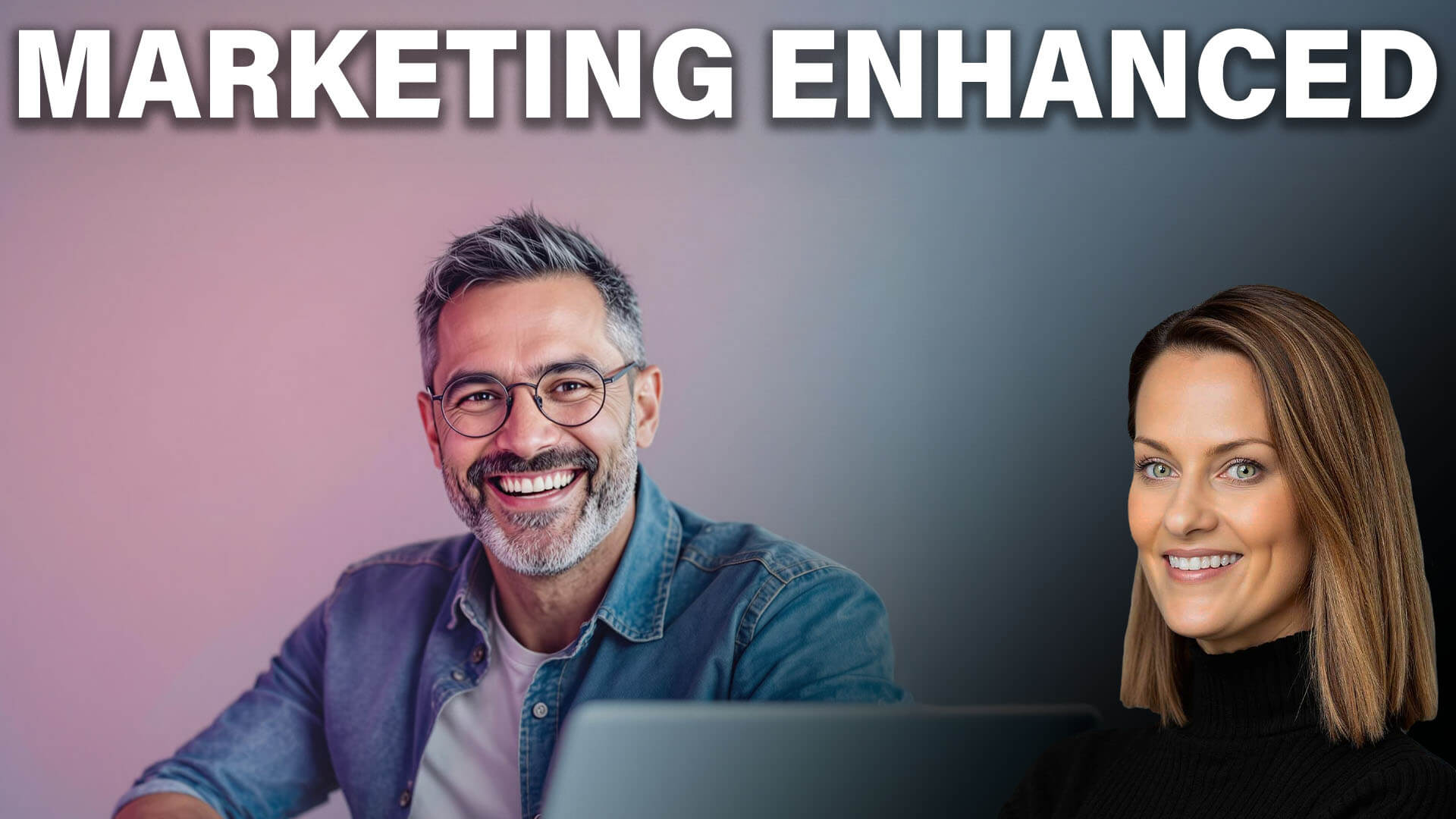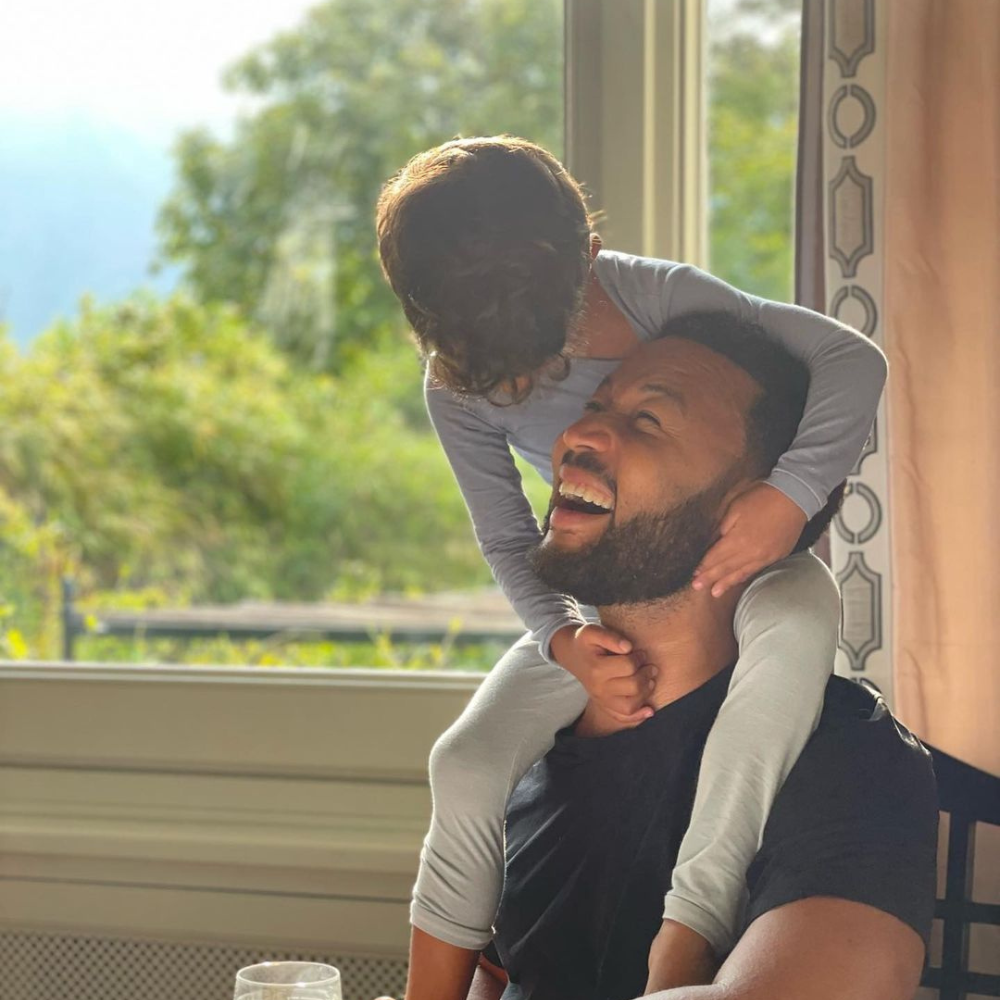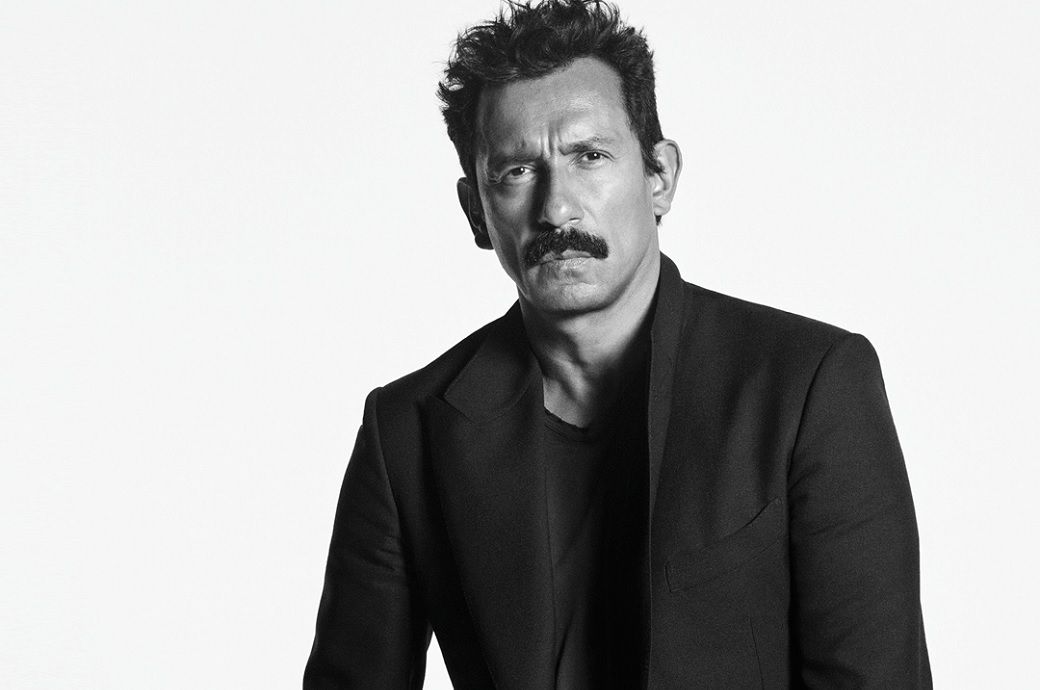When you make a movie called 28 Days Later and it becomes a zeitgeist-shifting hit, the sequel titles sort of write themselves. 28 Weeks Later came out in 2007, but the franchise’s stewards missed their window for 28 Months Later. Instead, director Danny Boyle and writer Alex Garland finally reteamed, some 23 years after the original, for 28 Years Later. And perhaps sensing that a 28 Decades Later might not work within this series’ horror milieu, they turned their sequel into the first chapter of a trilogy of new films. The second, 28 Years Later: The Bone Temple, is already in post-production and scheduled for release next year. The third film will get made, according to Boyle, if 28 Years Later performs well at the box office.
That seems likely, although I doubt 28 Years Later will leave as large an imprint on horror cinema as 28 Days Later did. The first film was not only a surprise global smash on a tiny $8 million budget, it permanently rewrote the rules of cinematic zombies, popularizing a faster variant of creatures that previously shuffled toward their victims at a snail’s pace.
While 28 Years Later features plenty of the series’ signature fast zombies, it also includes several new types of monsters, including — in what feels like a wry nod to the franchise’s enormous influence — extremely slow-moving ghouls that crawl along the ground like human (or zombie) worms. 28 Years Later also adds some new visual dimensions into the series low-fi aesthetic.
Where 28 Days Later was shot on grainy digital video, 28 Years Later utilizes high-end iPhones for a look that’s cleaner and crisper, with intermittent flashes of that first-generation digital video look. Boyle and cinematographer Anthony Dod Mantle also add a few grander flourishes; including the use of a rig that could capture 20 different camera angles simultaneously, which Boyle utilized to add what he described in one interview as a “poor man’s Bullet Time” effect to zombie kills.
READ MORE: The Best Zombie Movies That Are Actually Scary
As a result, 28 Years Later doesn’t look much like 28 Days Later. Structurally, though, there are similarities. Both movies drop the viewer into the middle of reasonably plausible zombie apocalypses, then slowly add increasingly surreal and nightmarish elements. The new film opens on a small island separated from the mainland by a causeway that gives residents a degree of safety and protection from the victims of the “Rage Virus” that decimated England more than a quarter century ago. There we meet Jamie (Aaron Taylor-Johnson) one of the island’s top zombie hunters, along with his son Spike (Alfie Williams). Now 12 years old, Spike accompanies Jamie to the mainland for the first time where he will hopefully score his first zombie kill as a sort of rite of passage into manhood.
That makes 28 Years Later a very dark coming-of-age story, although not always in the ways one expects. Spike’s mother Isla (Jodie Comer) spends much of the movie bedridden and delirious with a mysterious disease that none of the island’s limited medical supplies can cure. Spike’s first hunt includes several surprises, along with hints that the world beyond his little island is not quite what he’s been told Jamie and the other village elders. One night, Spike spots a mysterious fire burning in the distance, but his father feigns ignorance and refuses to talk about it. Later, a villager whispers that it may belong to a doctor who went mad and now lives among the zombies like an even more twisted version of Kurtz from Heart of Darkness.
28 Years Later’s early sequences do a masterful job of bringing the audience into its highly detailed post-apocalyptic society with almost no exposition or set-up. Garland, one of cinema’s foremost designers of fantastical fictional realities, lets the world of 28 Years Later reveal itself through action and clipped bits of dialogue. The audience learns about how this world evolved over the last 28 years right alongside Spike as he wanders through the English countryside, encountering increasingly terrifying monsters and getting his first bitter taste of adulthood.
Then, near the film’s midpoint, Garland’s script darts off in a different direction. From there, 28 Years Later gets progressively weirder and darker and, somewhat surprisingly, funnier. I am not sure all of these elements cohere into a unified whole, and if you’re the kind of moviegoer easily put off by multipart movies with cliffhanger endings like Dune or Wicked, you might be really annoyed by 28 Years Later’s (non)conclusion.
While I share some of that disappointment, what I liked about this part of the movie is how wild and bold it gets. Boyle and Garland do not rest on their laurels; nothing about 28 Years Later feels like a shameless retread for the sake of easy box office. Especially in that second half, they really reach for something; a statement about the meaning of life and death, the slow decay of the British empire, and the need to appreciate the remaining beauty of a planet that already seems past the point of repair. Whether or not the film fully sticks the landing, or brings all these threads together in a way that makes sense, I appreciated Boyle and Garland’s effort to mirror their characters; to push this familiar franchise into new and unexplored territory.
I also appreciated the fact that while this movie clearly sets up at least one sequel, 28 Years Later is not exactly a crowdpleaser, even in the dark way a bloody horror film might “please” its target audience. Yes, 28 Years Later is gory and violent and the zombie kills with that jerky Bullet Time iPhone rig are cool. But the film is also thoughtful, even contemplative at times. It’s sad. It’s depressing. Its ending feels deliberately designed to frustrate some viewers, not because Boyle and Garland want to leave the door open for sequels, but because life so often turns out in frustrating ways. That’s another bold choice — even if it is one that could potential imperil their long-term plans to make 28 Years Later movies for several more years.
RATING: 7/10

The Best Horror Movies of the Last 10 Years (2015-2024)
These modern horror movies are sure to keep you up at night.
Gallery Credit: Emma Stefansky










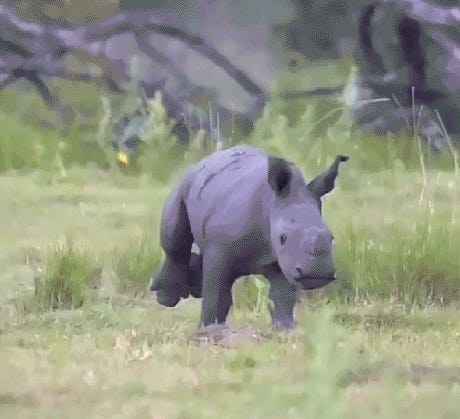








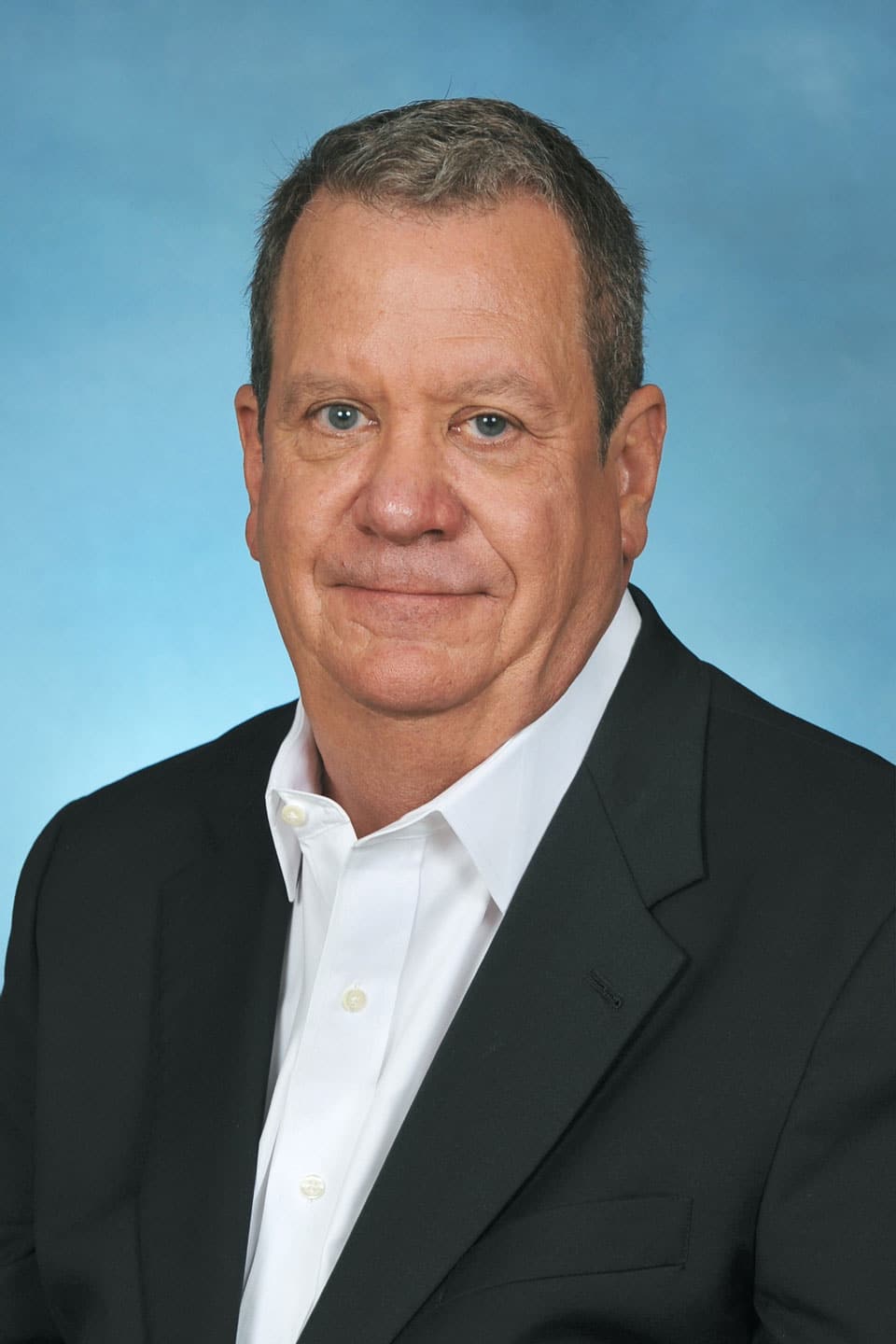





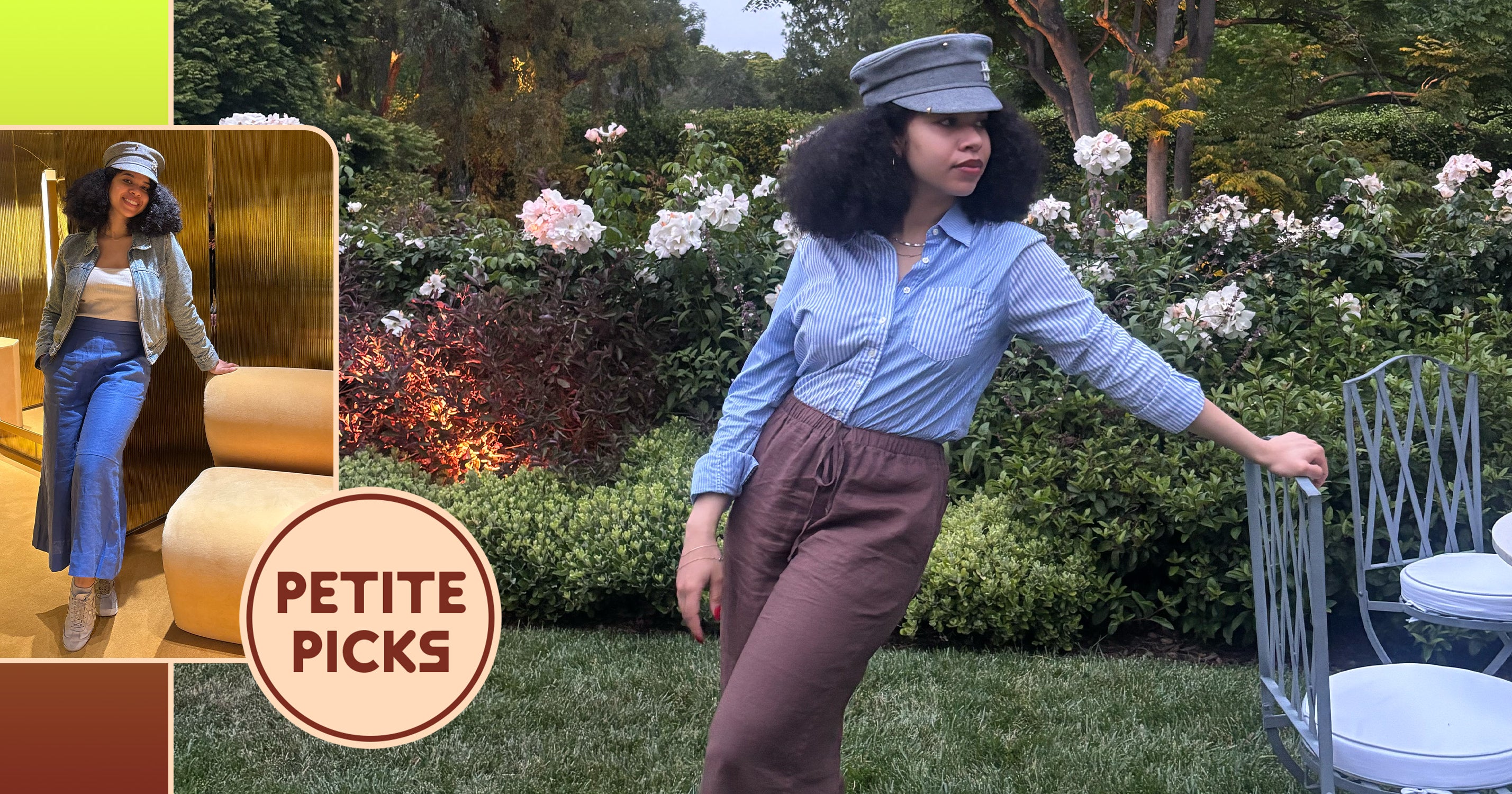


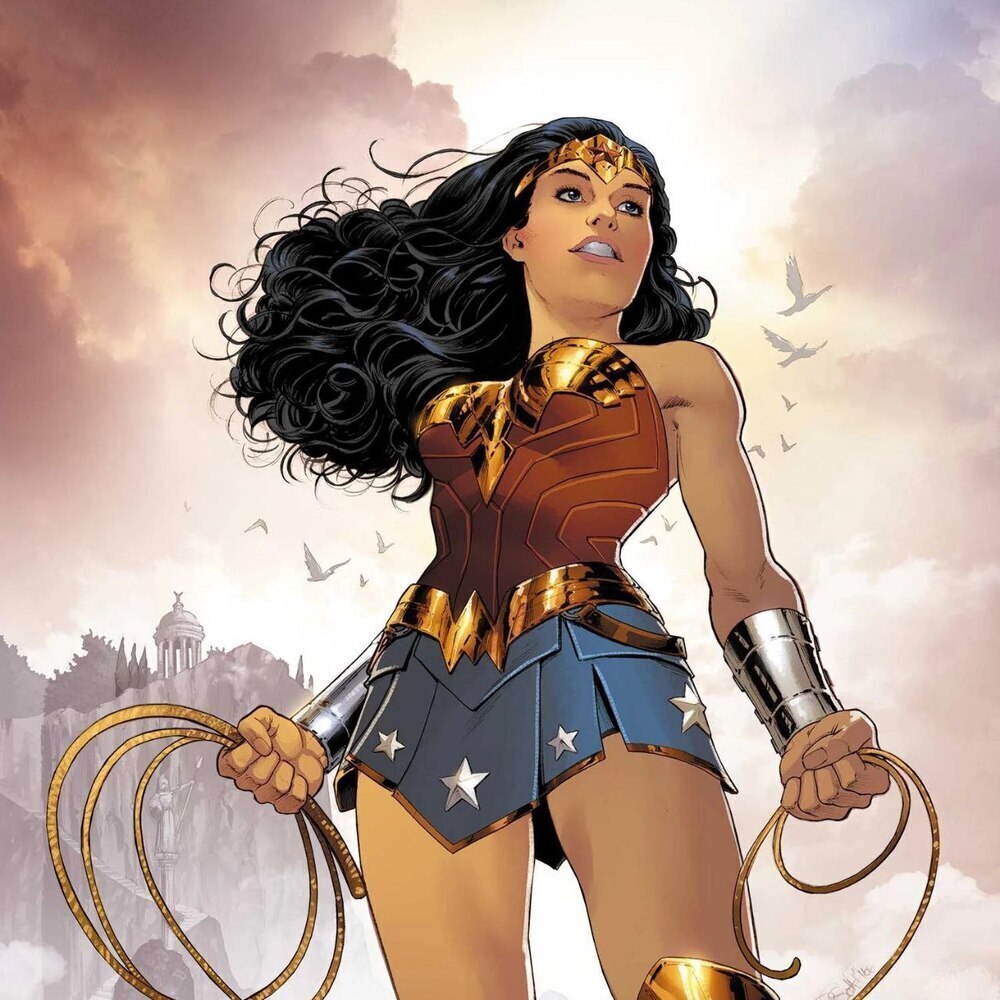

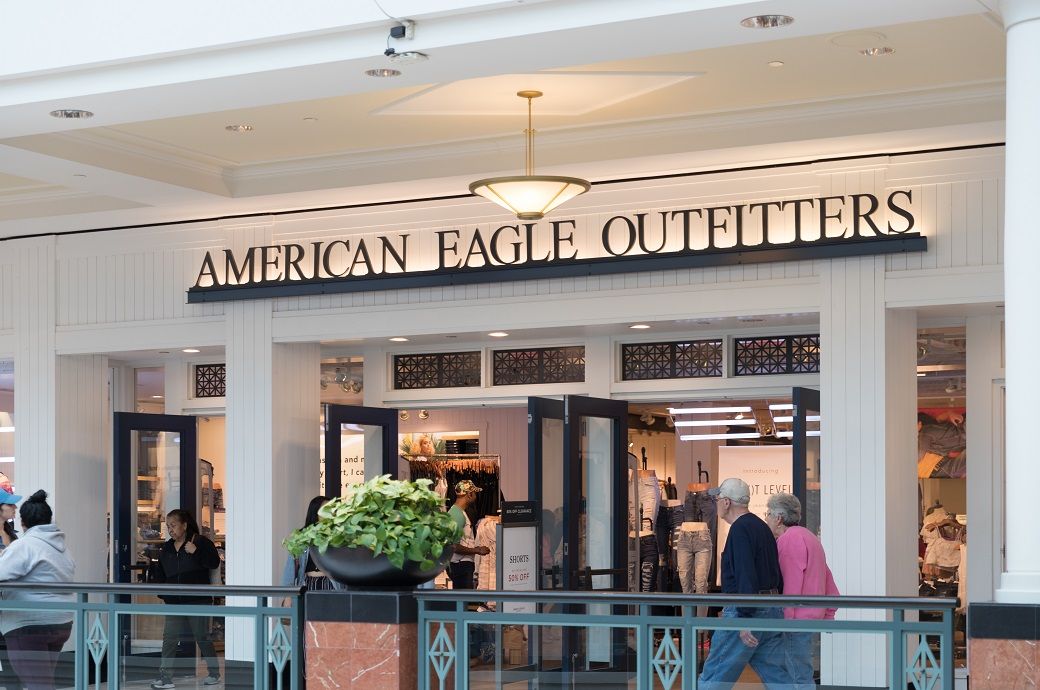






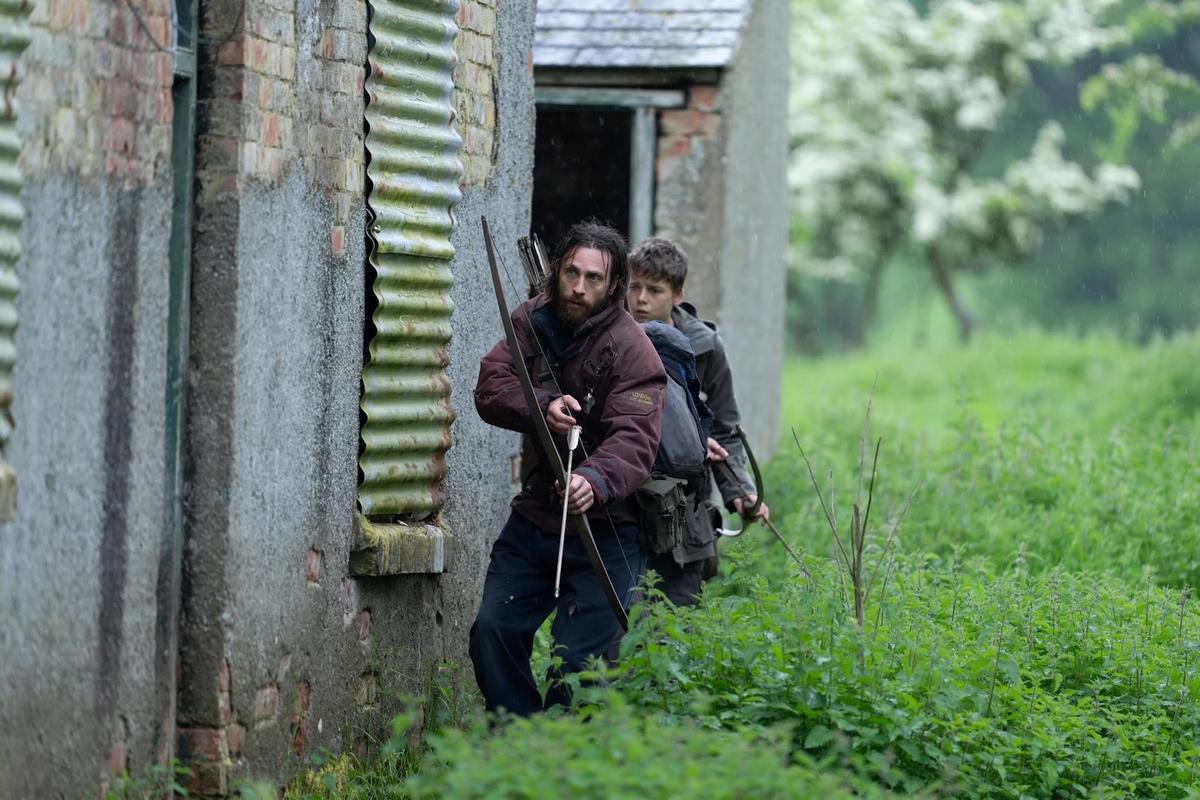
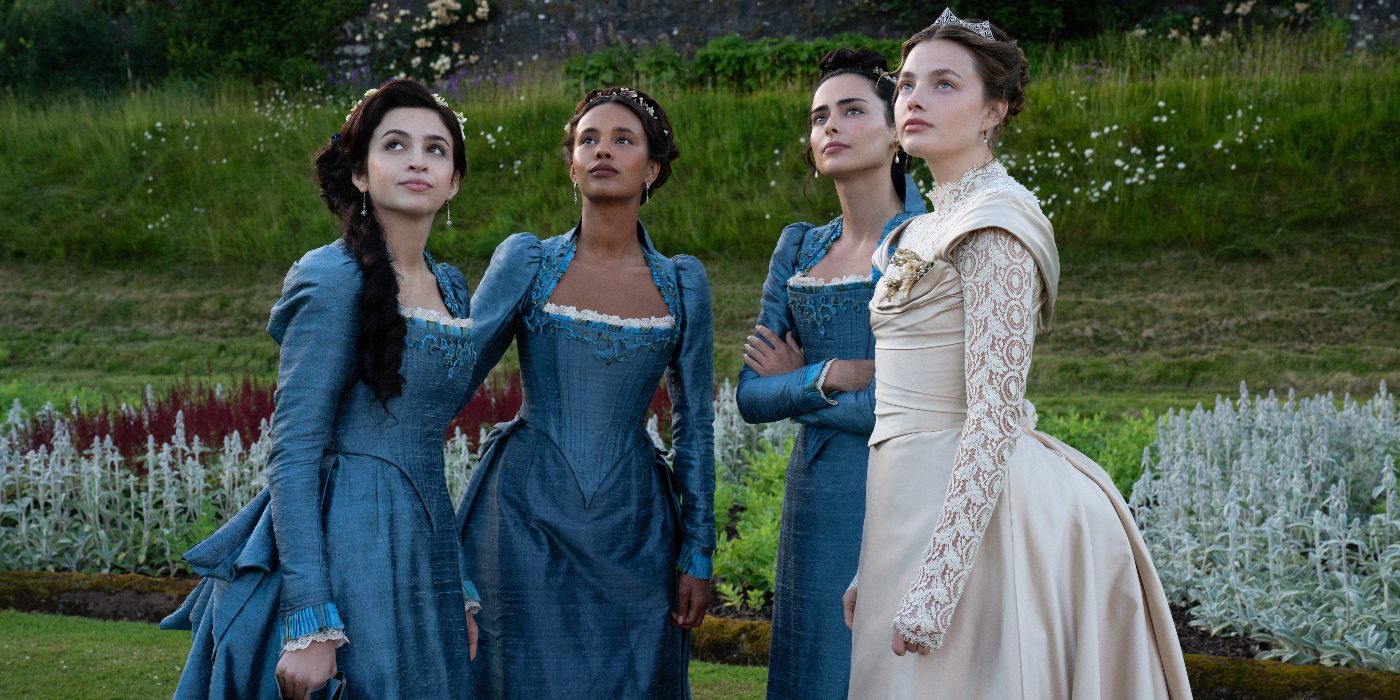
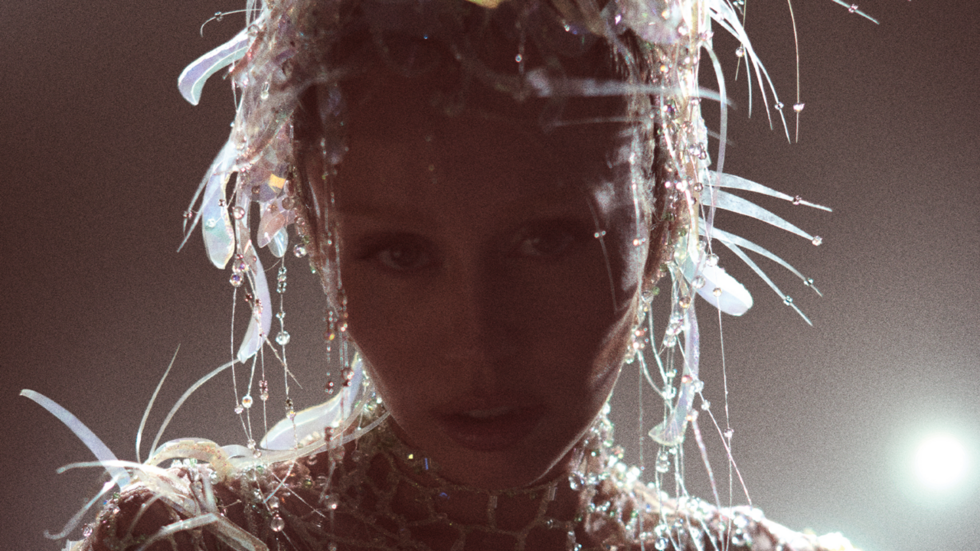

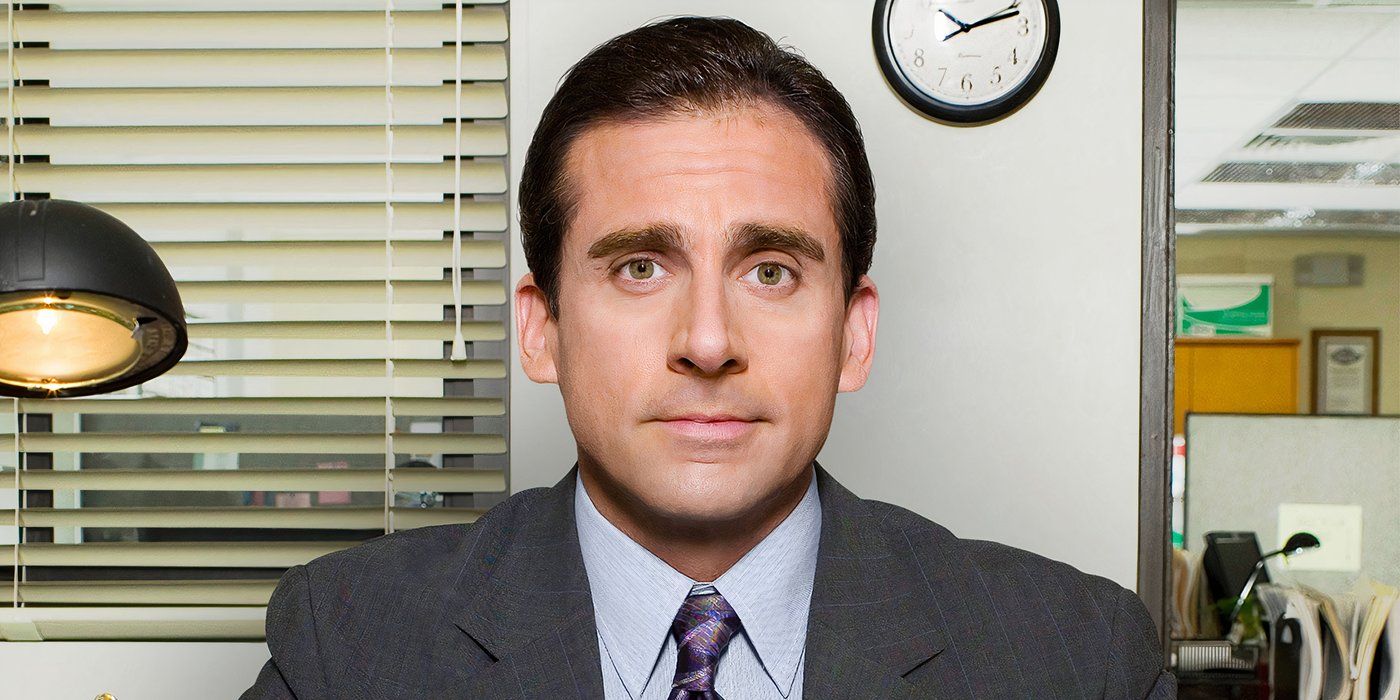

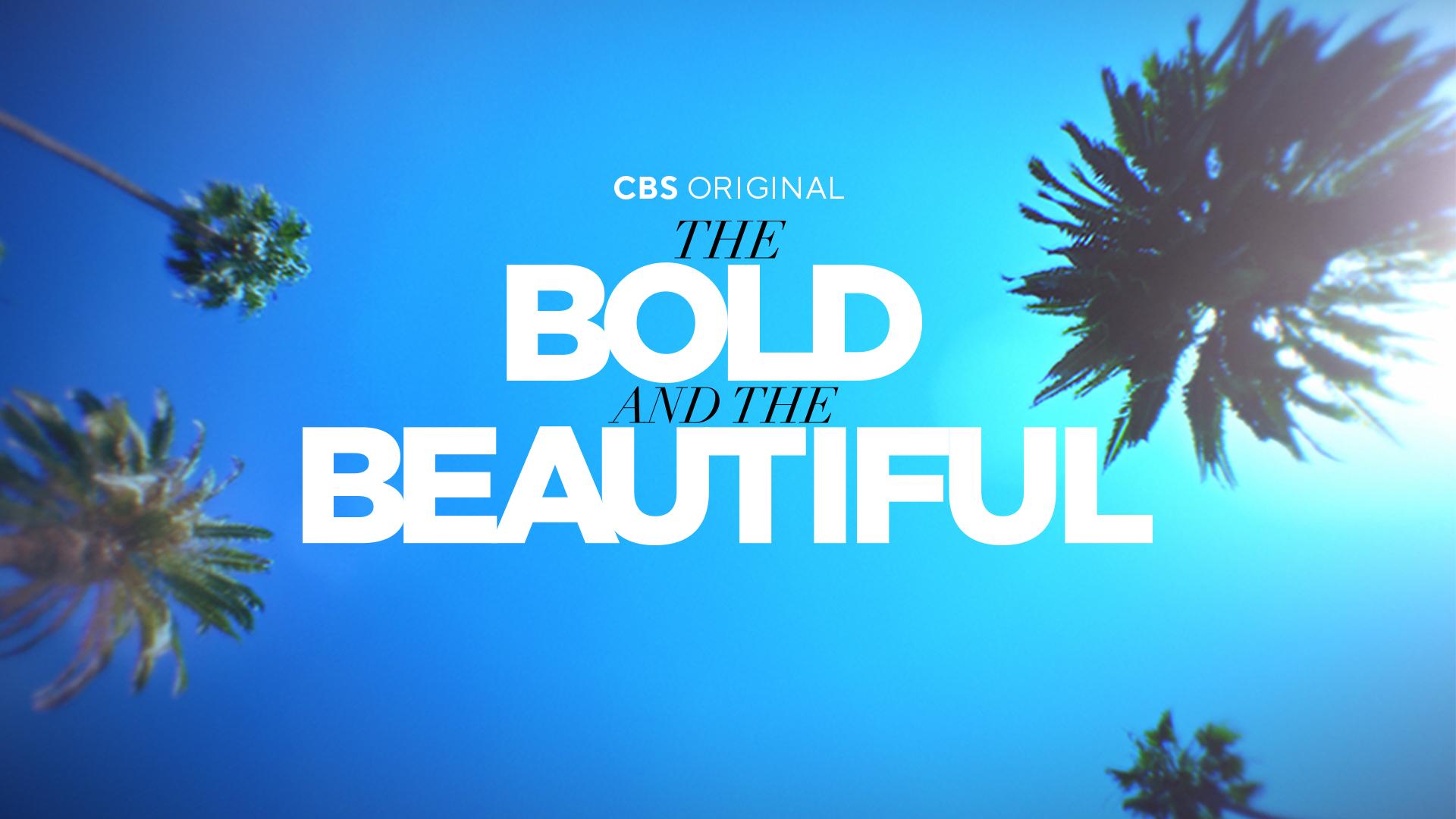







![[Oops! Corrected Link] Read Harder 2025 Halfway Check-In Survey [Oops! Corrected Link] Read Harder 2025 Halfway Check-In Survey](https://s2982.pcdn.co/wp-content/uploads/2025/06/read-harder-2025-check-in-survey.jpg.optimal.jpg)


